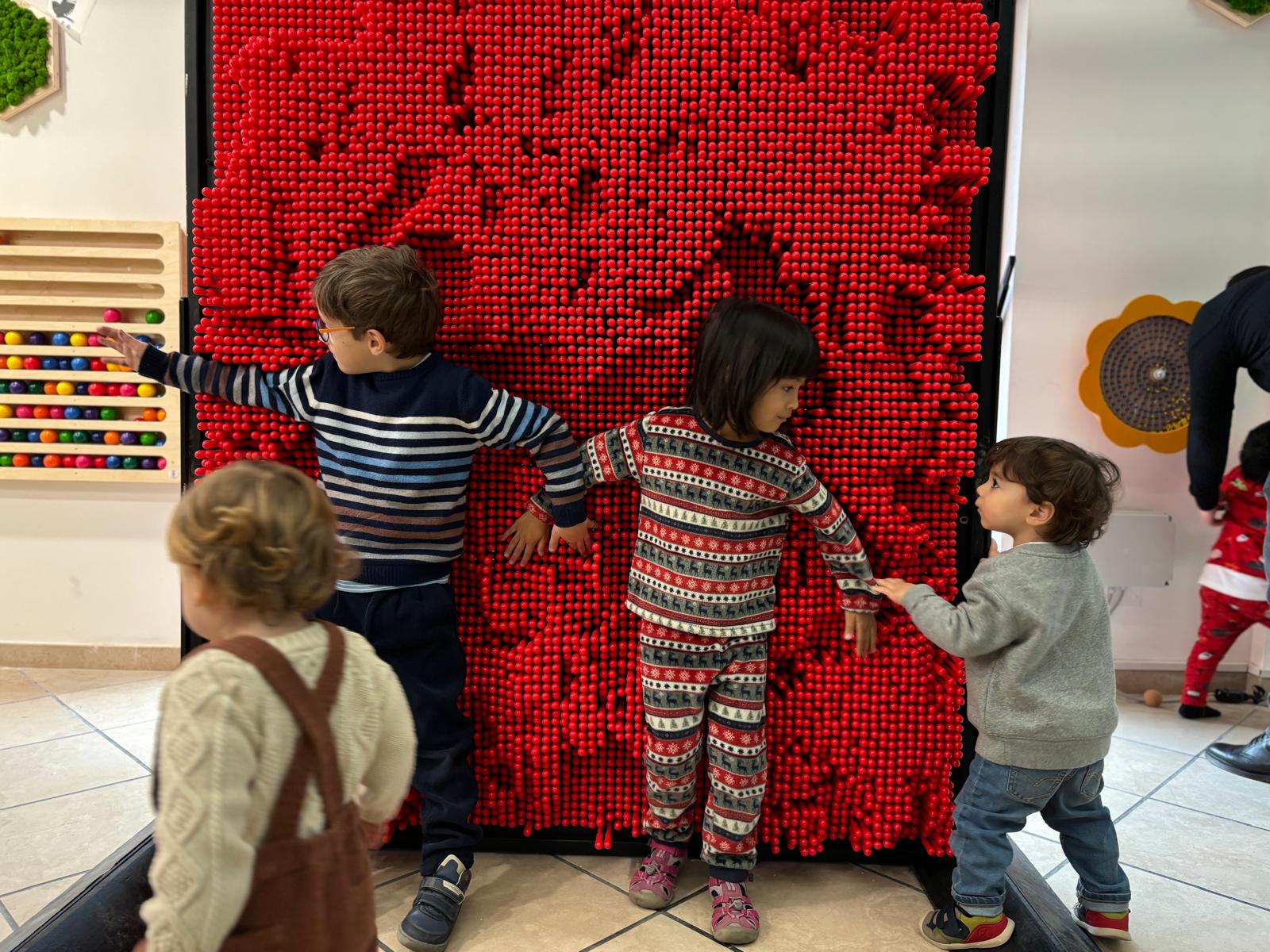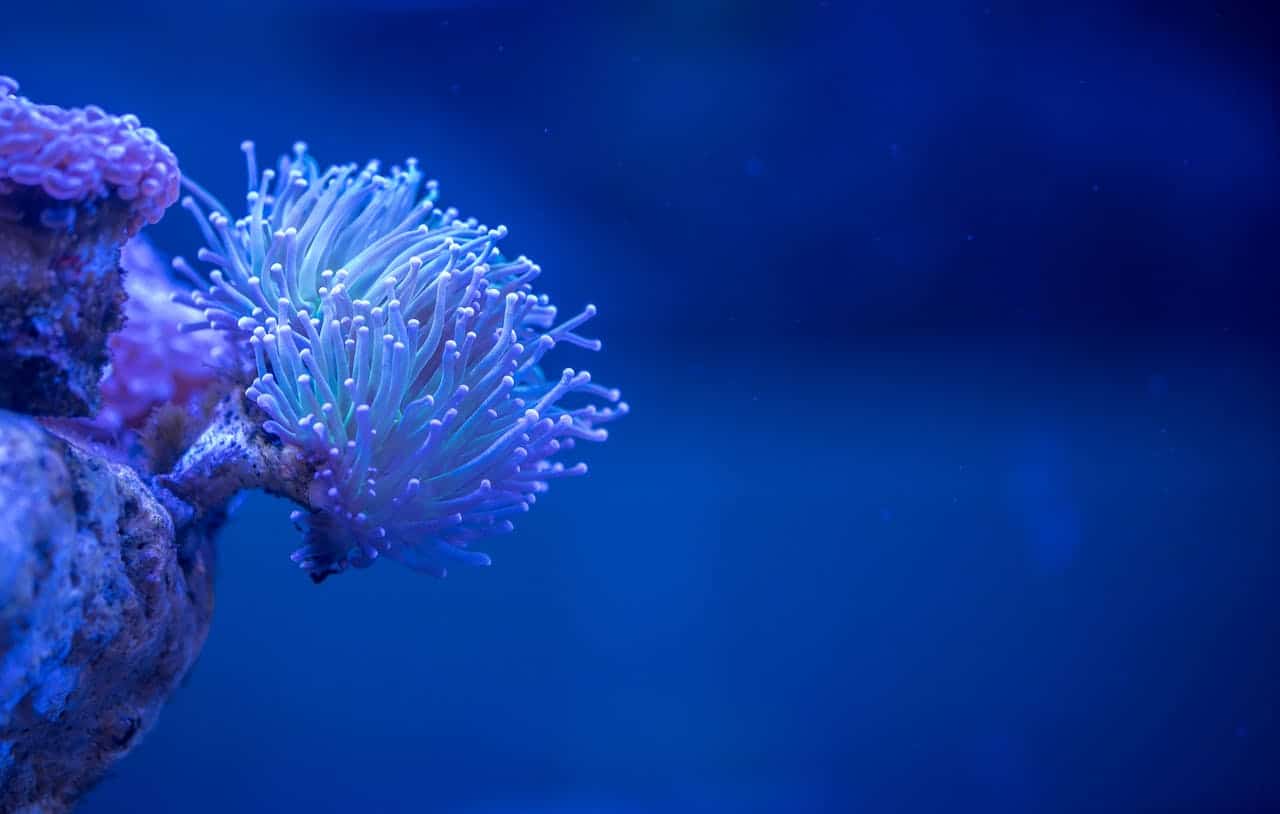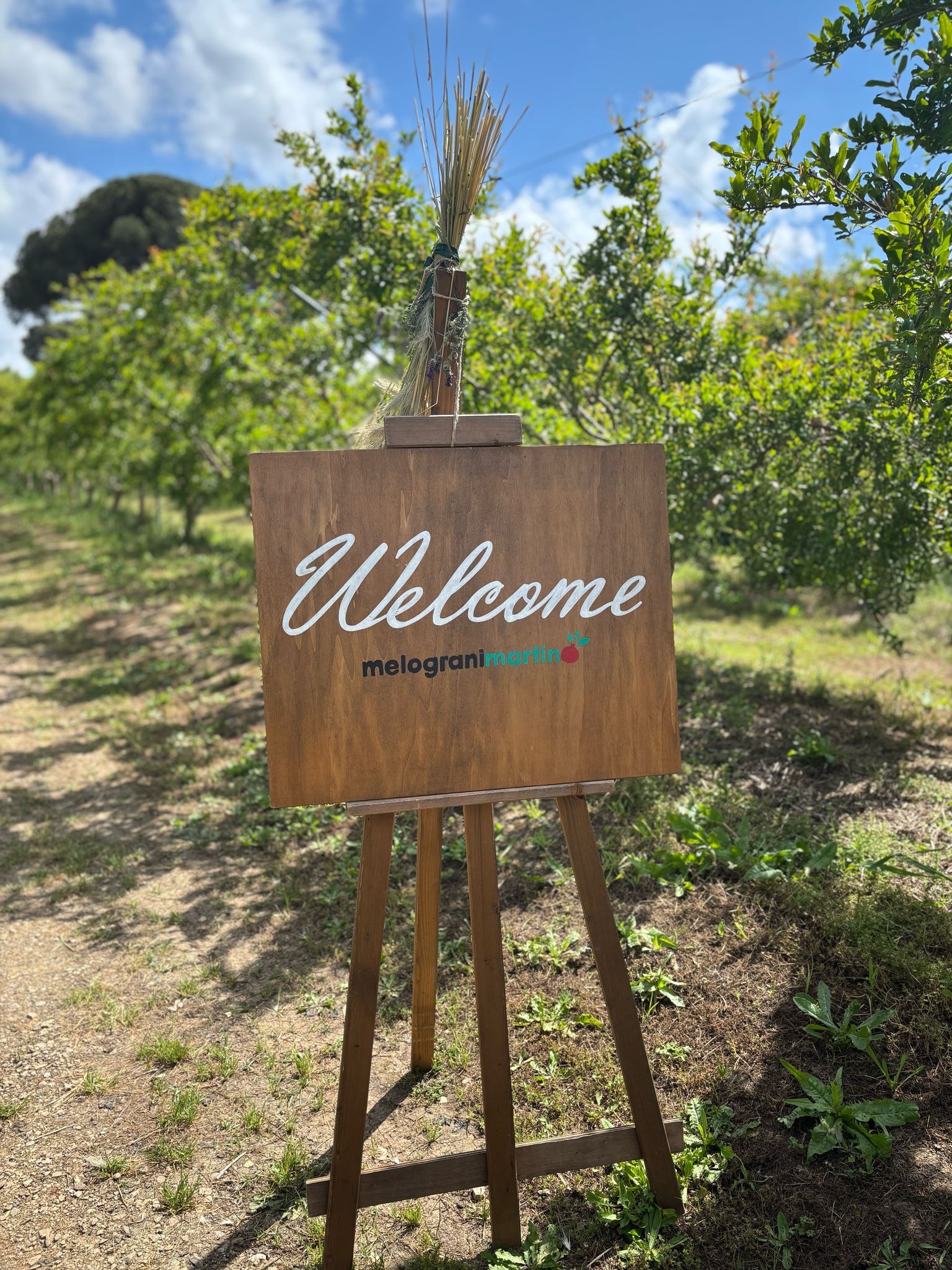Lecce is a city that whispers stories through its sun-warmed stones. Often called the “Florence of the South,” this jewel of Puglia is a playground not just for art lovers but also for curious children. Walkable, lively, and packed with hidden surprises, Lecce is the perfect backdrop for a family adventure that blends history, beauty, and joy. Here’s your guide to experiencing the best of Lecce in a single day with kids, balancing cultural treasures with plenty of room for play.
Morning: Discovery and Sweet Beginnings
Museo dei Bambini
Begin your day where imagination runs free: the Museo dei Bambini. Tucked into a quiet corner of the city, this children’s museum is a sanctuary for tactile learning and wonder. Unlike many museums that require careful hands and whispered voices, the Museo dei Bambini encourages touching, experimenting, and full sensory immersion.
The exhibits are carefully curated for different age groups, with fiber optics, gentle sounds, textures, and interactive installations that invite creativity and scientific thinking. It’s a refreshing reminder that museums can be places of movement and laughter — and it sets the tone for a day where curiosity leads the way. The museum tickets are only sold online and popular time slots sells out quickly, so it’s best to check the schedule and book beforehand to avoid disappointments.
300mila Lounge Bar
After a morning of exploration, it’s time to refuel. Head to 300mila Lounge Bar, a local favorite that combines sleek design with family-friendly hospitality. Set in a modern space with clean lines and vibrant art, 300mila offers a refreshing contrast to Lecce’s historic stones.
The menu is a playful mix of local flavors and international twists: think fresh pastas, crisp salads, and comforting plates like gourmet burgers and homemade focaccia. Kids are warmly welcomed, and even picky eaters will find something satisfying. A light, delicious lunch sets everyone up for an afternoon of walking — and a little indulgence to come.
Early Afternoon: A Taste of Tradition and Architectural Wonders
Caffè Alvino and Piazza Sant’Oronzo
No visit to Lecce is complete without a stop at Caffè Alvino. Established in the 19th century, this elegant café occupies a prime position overlooking Piazza Sant’Oronzo, Lecce’s beating heart.
Here, the pasticciotto reigns supreme. This humble yet heavenly pastry — a golden crust enveloping warm custard — was invented in the nearby town of Galatina in the 18th century but has become synonymous with Lecce itself. Pair it with a perfectly poured cafe Lecesse and you have a snack that is both ritual and revelation.
From your café table, you have a front-row seat to history. Piazza Sant’Oronzo is a living palimpsest: the Roman amphitheater unearthed in the early 20th century lies partially exposed, surrounded by medieval buildings and bustling shops. The Colonna di Sant’Oronzo, crowned with a statue of the city’s patron saint, watches over it all — a symbol of Lecce’s resilience and pride.
Chiesa di Santa Irene
A short walk from the piazza leads you to Chiesa di Santa Irene, a graceful early-Baroque church named after the city’s original patron saint. Built between 1591 and 1639, its facade balances classical simplicity with delicate ornamentation — a hint of the exuberant Lecce Baroque style that would later dominate the city.
Inside, soaring columns and intricate altars create a sense of serene grandeur. Santa Irene herself, depicted in paintings and sculptures, offers a tangible link to Lecce’s layered spiritual history. For children, the quiet majesty of the space — and the way sunlight filters through high windows — can feel almost magical.
Piazza Duomo
Continue your journey to Piazza Duomo, a breathtaking example of urban design that feels almost theatrical in its composition. Unlike most cathedrals hemmed in by tight medieval streets, Lecce’s Duomo opens into a vast, enclosed piazza.
Surrounded by the Bishop’s Palace, the Seminary, and the soaring Campanile (bell tower), the cathedral’s facade shines with restrained elegance. The original church dates back to the 12th century, but its current Baroque form was crafted by Giuseppe Zimbalo in the 17th century, a master of Lecce’s particular brand of exuberant stonework.
Children will love the freedom to roam across the open square, while adults will appreciate the chance to absorb the sheer beauty of stone turned into lacework by generations of artisans.
Mid Afternoon: A Ride Through Time and Ornate Marvels
The Mini Train Tour
Right in Piazza Duomo, beside the tourist information shop, you’ll find the starting point for Lecce’s mini tourist train — a small, open-air train that’s a delight for kids and a reprieve for tired feet. Tickets are easily available at the shop, and tours depart regularly throughout the day.
The one-hour ride offers a gentle, musical glide through Lecce’s labyrinthine streets, passing highlights like Porta Napoli, the Church of San Matteo, and countless palazzi whose balconies seem to spill over with stone flowers. Classical music and light commentary weave together history and legend, giving context without overwhelming young travelers. It’s an ideal way to see the city’s less obvious corners without losing the relaxed rhythm of the day.
Basilica di Santa Croce
After the mini train brings you back to Piazza Sant’Oronzo, it’s time to see the undisputed masterpiece of Lecce Baroque: the Basilica di Santa Croce.
Work began in the mid-16th century but wasn’t completed until 1695, and the result is pure, unfiltered fantasy. Saints, beasts, angels, and mythological creatures crowd the intricately carved facade, as if the stone itself had decided to dream.
Children are often enchanted by the hidden details — faces peeking from foliage, animals tucked among columns — making Santa Croce a natural scavenger hunt. For adults, the Basilica represents the pinnacle of local craftsmanship, a testament to the skill of sculptors who turned limestone into lace.
Palazzo dei Celestini
Next to Santa Croce stands Palazzo dei Celestini, an elegant, sober counterpoint to the Basilica’s exuberance. Originally built as a monastery for the Celestine monks in the 16th century, the Palazzo later became the seat of the provincial government — and it remains so today.
Its long, symmetrical facade and rhythmic arches offer a quiet elegance, a moment of architectural discipline after Santa Croce’s wild beauty. Walking through its cool porticos, you can almost feel the hum of centuries of quiet governance, religious devotion, and local life.
Villa Comunale
Leaving the grandeur behind, make your way to Villa Comunale, Lecce’s lush public garden. Founded in the 19th century on the site of an old convent orchard, the park today is a welcome oasis.
Children will find a well-equipped playground waiting for them, while parents can relax among shaded paths, ornate fountains, and carefully tended flowerbeds. The sound of laughter, the scent of citrus, and the sight of families strolling together anchor the experience firmly in the rhythms of Southern Italian life.
Evening: Aperitivo, Dinner, and the Sweet Glow of a Passeggiata
Aperitivo and Dinner at Piazzetta Santa Chiara
As twilight falls, head to Piazzetta Santa Chiara, a cozy, lesser-known square tucked just behind Santa Croce. With no cars and a relaxed vibe, it’s a perfect setting for an early evening aperitivo.
Order a local spritz or a glass of chilled Negroamaro wine (comparable to a dryer version of the sweeter California Zinfandel) , paired with traditional snacks like taralli, olives, and small plates of cheese and salumi. Many restaurants around the piazza offer traditional Pugliese dishes for dinner, featuring orecchiette pasta, hearty ragù, and the freshest seafood.
Here, children can safely explore the open square while adults savor the slow, easy pace that makes Lecce so special.
The Evening Passeggiata – The Perfect Finale
No day in Italy is complete without the passeggiata, the leisurely evening stroll. In Lecce, this ritual becomes pure magic.
The golden Lecce stone seems to catch and hold the last light of the day, casting a gentle glow as families, couples, and friends weave through the streets. Stop for a gelato, admire a hidden courtyard, or simply let the flow of the city guide you. Children will feel part of a centuries-old tradition, where community and beauty intertwine at every corner.
As night falls and the stars emerge over the lace-like facades, you’ll know you’ve seen not just a city, but a living work of art — and created family memories as rich as the stones beneath your feet.



